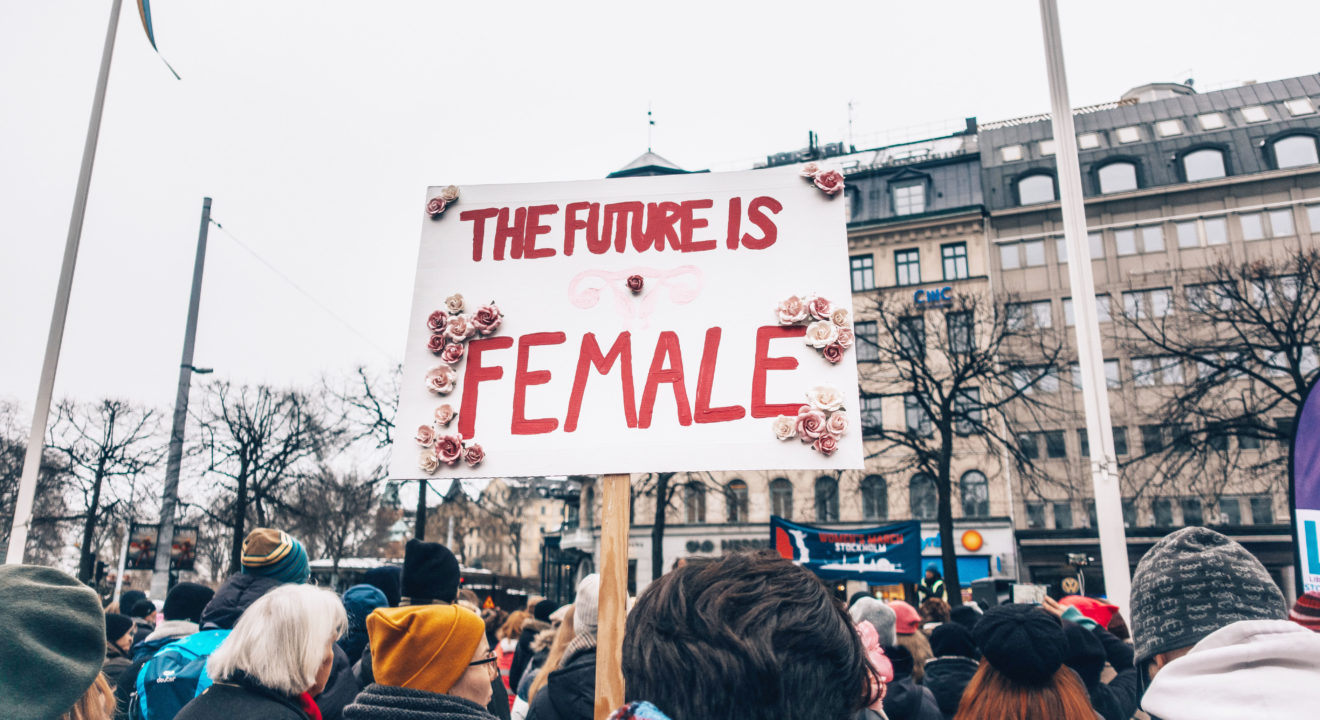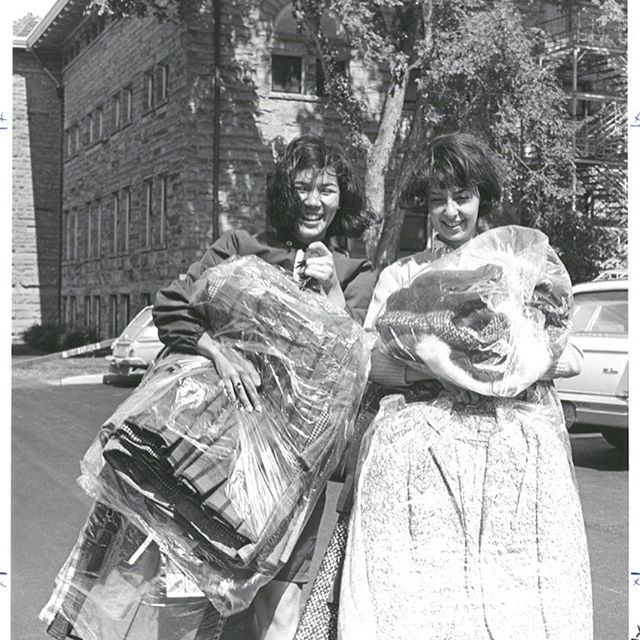Culture June 28, 2019
Take notes, ladies.


The fight for gender equality across feminist waves has been, and continues to be, a laborious task. As the #MeToo movement takes over social platforms everywhere, people are referring to the emergence of the fourth wave of feminism.
Before understanding what this new wave brings, however, let’s delve into the history of feminism.


Without further ado, here are the four waves of feminism, featuring my favorite feminist musicians from each era.
In the early 1800s, women exerted little control over their own lives. The average married woman gave birth to approximately seven children. Higher education for women was nonexistent. Voting rights weren’t even a question and although some wealthy women could make domestic decisions, they lacked economic authority and property rights.
But the spread of religious movements, such as the Second Great Awakening and the rise of abolitionist movements, gave women opportunities to explore leadership outside of the domestic sphere.
For a little more context, here’s a CrashCourse video on Women’s Suffrage:
Alexa, play Louise Farrenc’s “Nonet.”
Although male composers outnumbered females in notoriety, Louise Farrenc was a certified badass back in her day. Despite her musical talents, she was often paid less than her male counterparts and eventually demanded equal pay. She received it after the success of her composition “Nonet For String Quartet and Wind Quartet.”
Although Farrenc was ahead of her time asking for equal pay, first-wave feminism focused mainly on women’s suffrage and overturning legal inequalities in female education during the mid 19th century.

Alexa, play Helen Reddy’s “I Am Woman.”
Flash forward to the 70s, groovy Helen Reddy reminds us of the pride that comes with being a woman. “I Am Woman” is still a bop today! Her song also became the anthem for the Women’s Liberation Movement.
10 years before Reddy’s hit song, second-wave feminism was gaining traction. Starting in the early 1960s, the Civil Rights Movement actually inspired second-wave feminism. Animated by the protests in the 50s and 60s, feminists continued to fight for stronger roles throughout American society. This second wave was pioneered by many older, married women who found traditional motherly duties and housework unfulfilling.
Alexa, play Salt-N-Pepa’s “None of Your Business.”
“None of Your Business” by Salt-N-Pepa is iconic. My favorite lyric from it – “If I want to take a guy home with me tonight, it’s none of your business” – empowers women to exert control over their sexuality. The message is evergreen, so if any dudes need to hear this…take the aux cord.
This brings us to third-wave feminism. Third wave, from 1990s to the 2000s, continued to advocate for equal rights, while addressing the shortcomings of the second. Denounced for being too focused on the narratives of white, middle-class women, the second feminist wave often ignored female intersectionality. Thus, the third wave attempted to bring awareness and correction to it. Now, it’s internationally recognized that race, sexuality and religion are all closely related to feminism.


Alexa play Lizzo’s “Juice.”
Lizzo, or @lizzobeeating on Instagram, should be the face of intersectional feminism and body positivity. Her song “Juice” never fails to get me dancing and it reminds me that I need to give myself positive affirmations.
Like Lizzo, fourth wave feminism advocates for intersectionality at the forefront of feminist agendas. Heavily leveraged by the use of technology and social media, fourth wave feminism calls for justice against sexual harassment, sexual assault, bodily autonomy and equal pay for men and women. Hashtags in solidarity of those who have experienced sexual harassment and assault like #MeToo and other campaigns like Free The Nipple and SlutWalk continue to empower women worldwide.
Alexa, now play Beyonce’s “Who Run The World.”
Thank you for coming to my TED Talk.